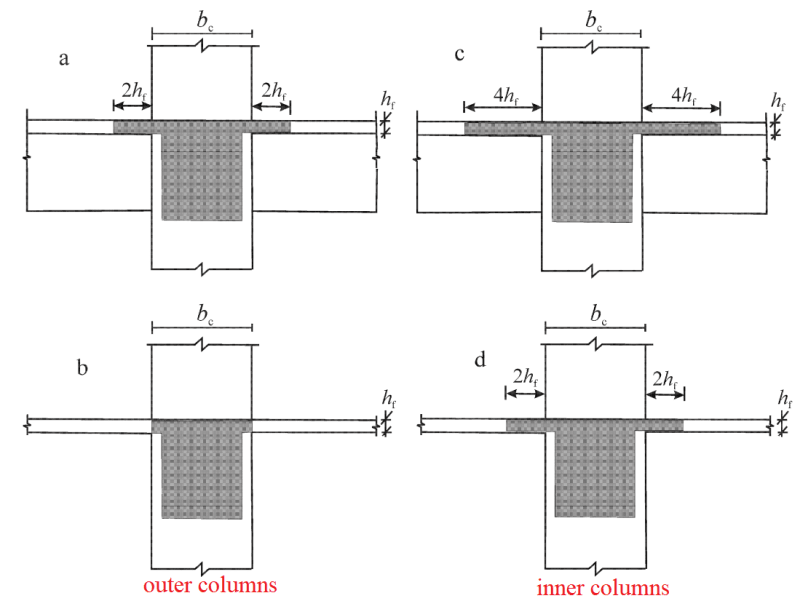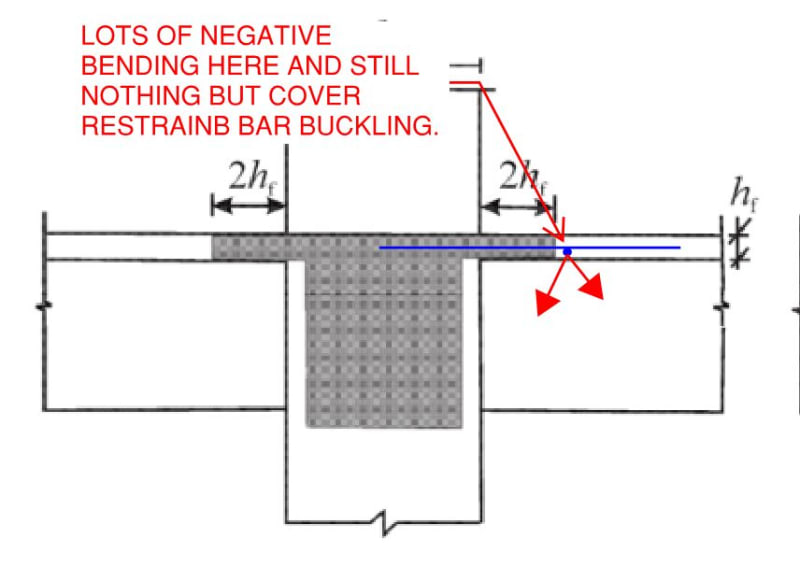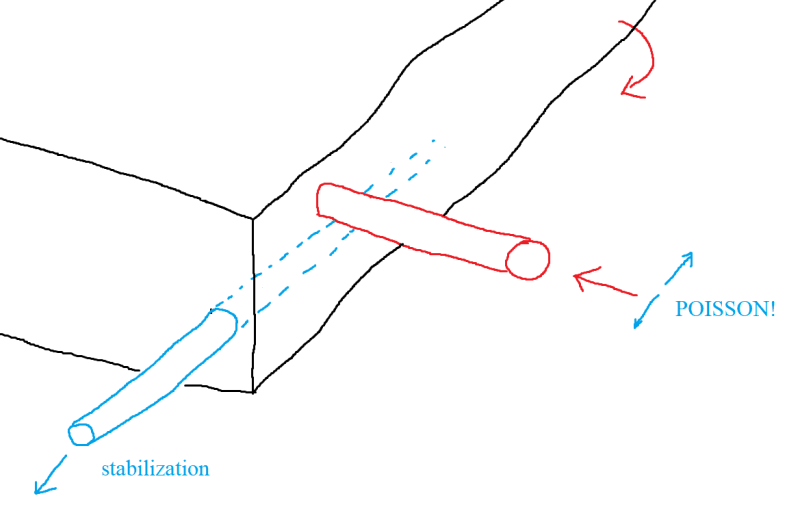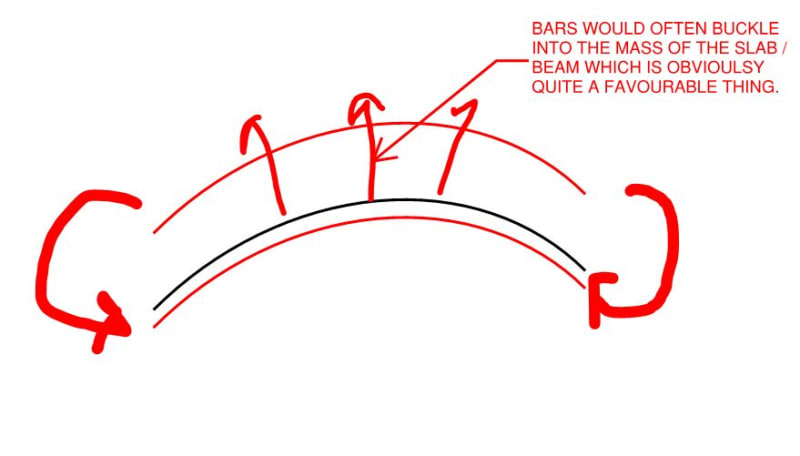XR250
Structural
- Jan 30, 2013
- 5,982
Suppose I have a 24" wide x 12" thick strip footing with a point load from say, a shearwall chord, that can be either up or down. If I design top and bottom rebar to resist the demand, do I need to add ties to confine the reinforcing? The rebar is not necessary to increase the compression face capacity of the beam - it is only there to take care of the stress reversal. Shear reinforcing in not required based on the demand and footing size.
Thanks in advance!
Thanks in advance!




